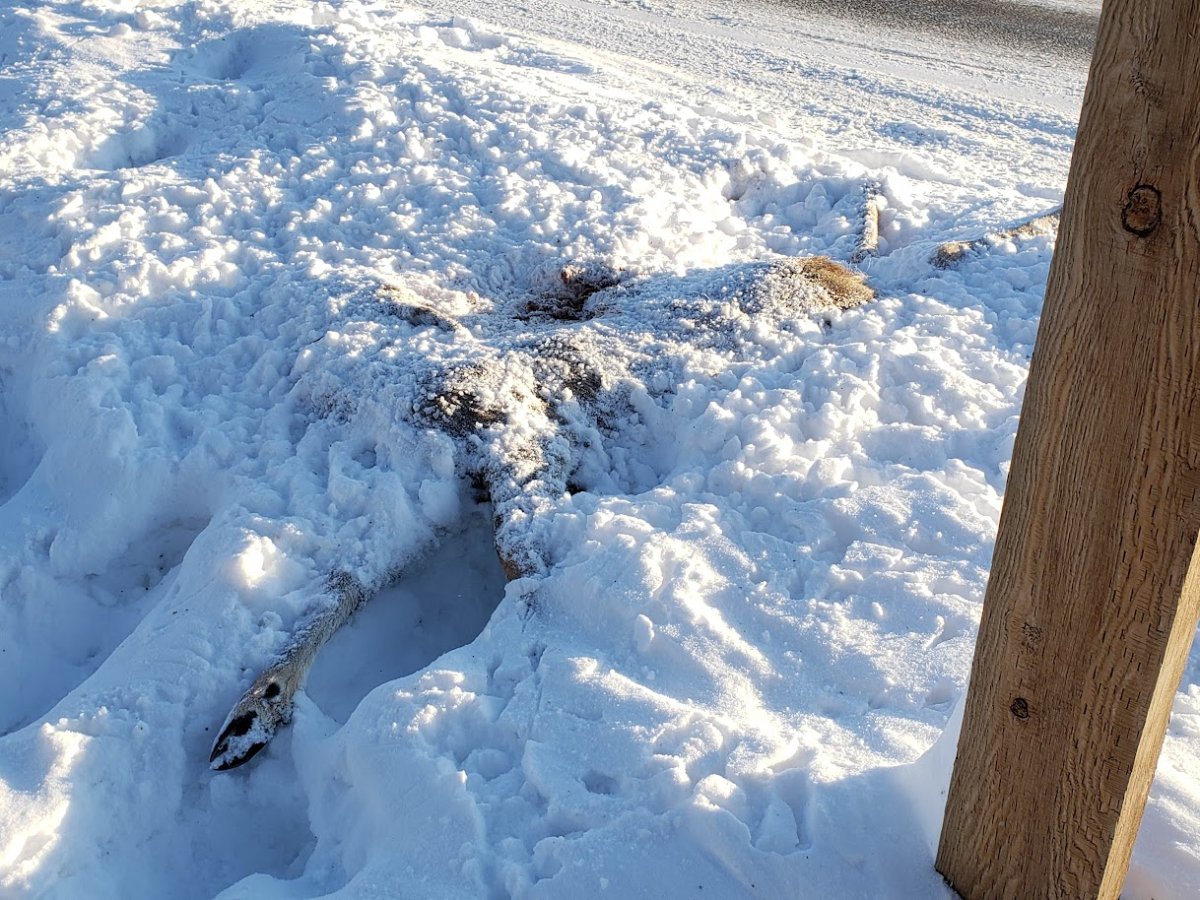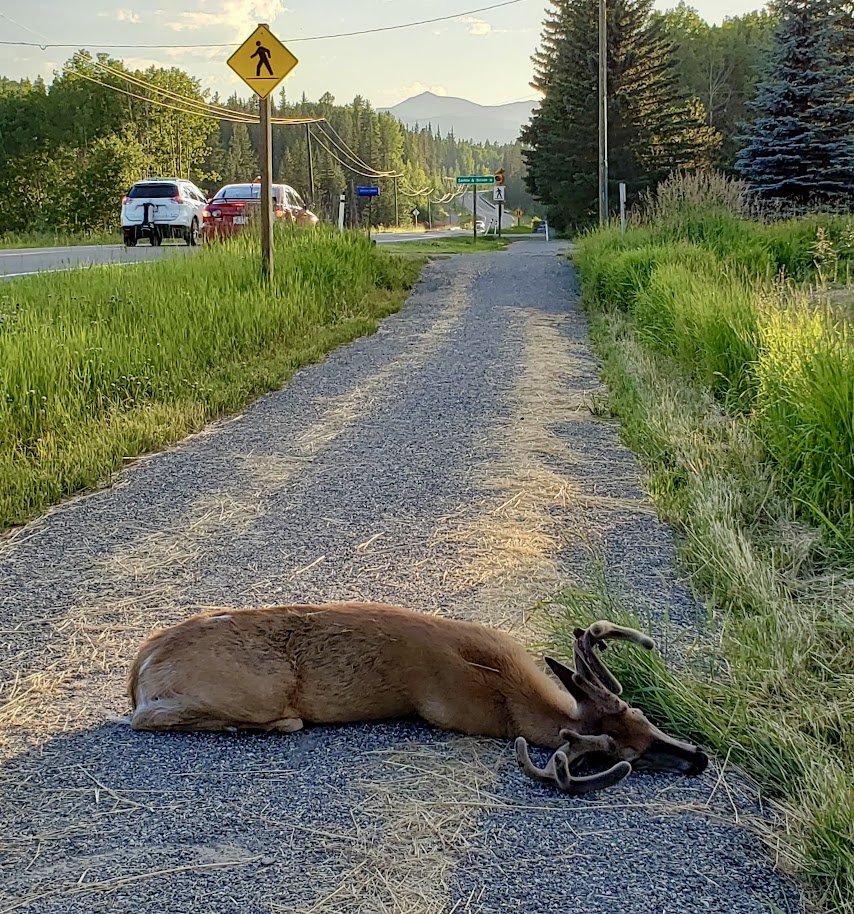When clocks are turned back an hour every November for daylight savings time, wildlife collisions go up dramatically. Studies show daylight savings time is the most dangerous time of the year for collisions.

According to the Wildlife Collision Prevention Program, about 80 per cent of wildlife-vehicle collisions involve deer, with the peak time being November.
This coincides with the mating season and according to naturalist Dave Klepacki, animals acting on biological urges means they are paying less attention to traffic.
“We have problems with humans, groggily eyed, getting used to time change,” Klepacki said.
“It’s like the deer are at a teenage party and totally focused on pairing up.”
He said their patterns coincide with rush hour.
“The bucks are full of testosterone and they are totally focused on mating so they don’t have the sense about them and there’s not the usual concern with traffic,” Klepacki said. “We’ve lost about a dozen … That’s a lot of casualties when you have the herd of 100.”
Renée Delorme runs a volunteer group, Bragg Creek Wild. Every mating season, they put signs on the side of the highway warning drivers to slow down.
“This is the most accident prone period of the year where the statistics go through the roof with the number of cars hitting wildlife.”
She believes the numbers could be much higher.
“Not all animals get reported and counted when they are hit. Some disappear in the woods. Every time I go to Calgary, chances are I will see a dead animal on the road — it is that often,” Delorme said.
“The highway maintenance crew pick up three to four carcasses per week on an average month along this stretch between Highway 1 and Bragg Creek, and in November, it’s double that.”
She’s seen it from the front window of her home and captured video of close calls. She also takes photographs with some grisly evidence from these deadly collisions.
“It’s quite sad and tragic. We live in one of the most beautiful, richest environments with so much wildlife diversity and we have a responsibility to protect it,” Delorme said.
Gord McDonald is one of many who have had wildlife collisions.
Years ago, he hit a deer, destroying the front end of his vehicle and killing the deer.
“She appeared right in front of me and I went to swerve and this female deer looked at me and continues to walk right into my path and I hit her,” McDonald said.
He repaired his truck, decided to slow down and got better headlights. He said drivers need to pay more attention instead of driving on auto-pilot.
“I started to examine what could I have done different. We’ve got to maintain a level of consciousness, scanning the ditches and fields,” McDonald said. “The price is too high. We need to be more conscious.”
It’s advised drivers slow down and obey the signs and drive with high beams when possible.









Comments